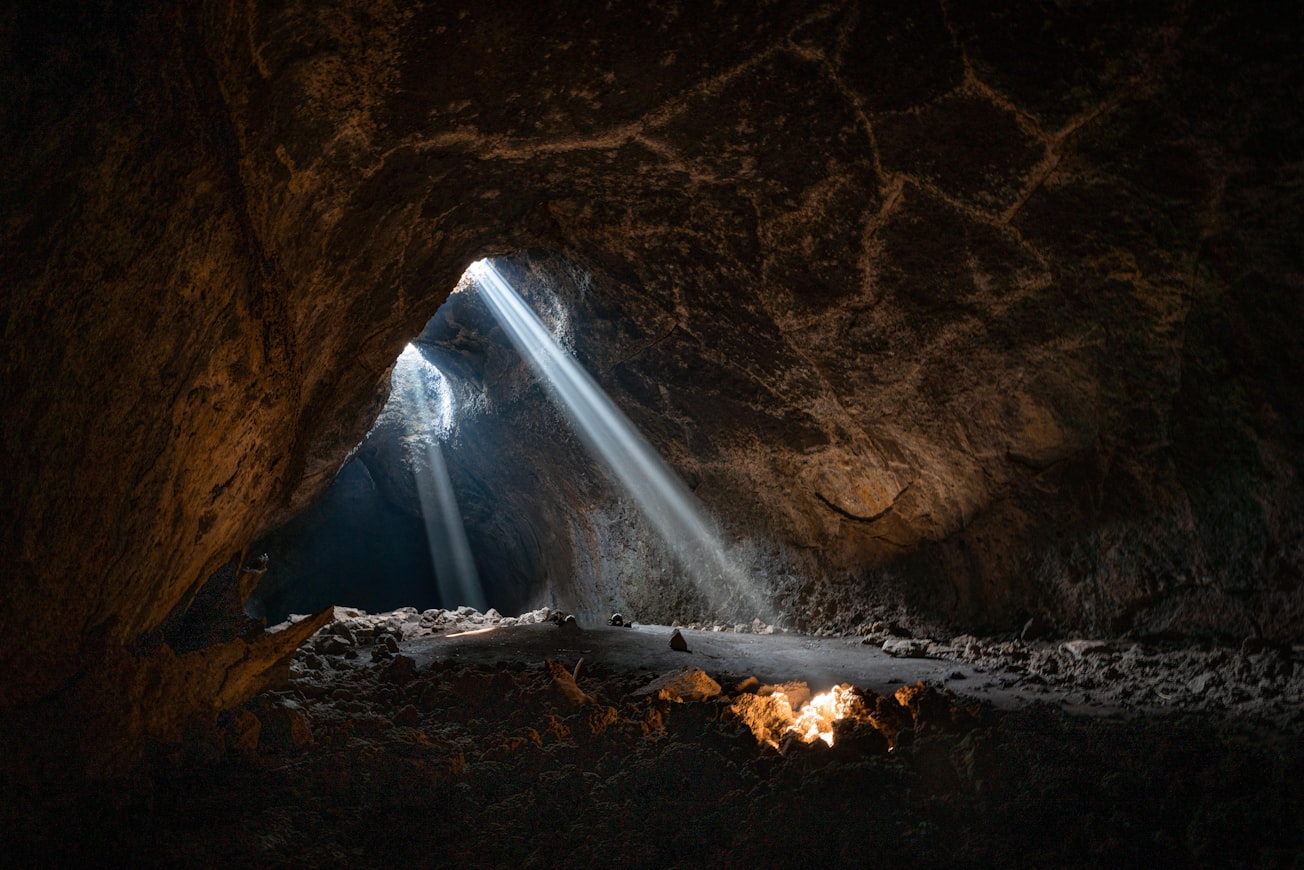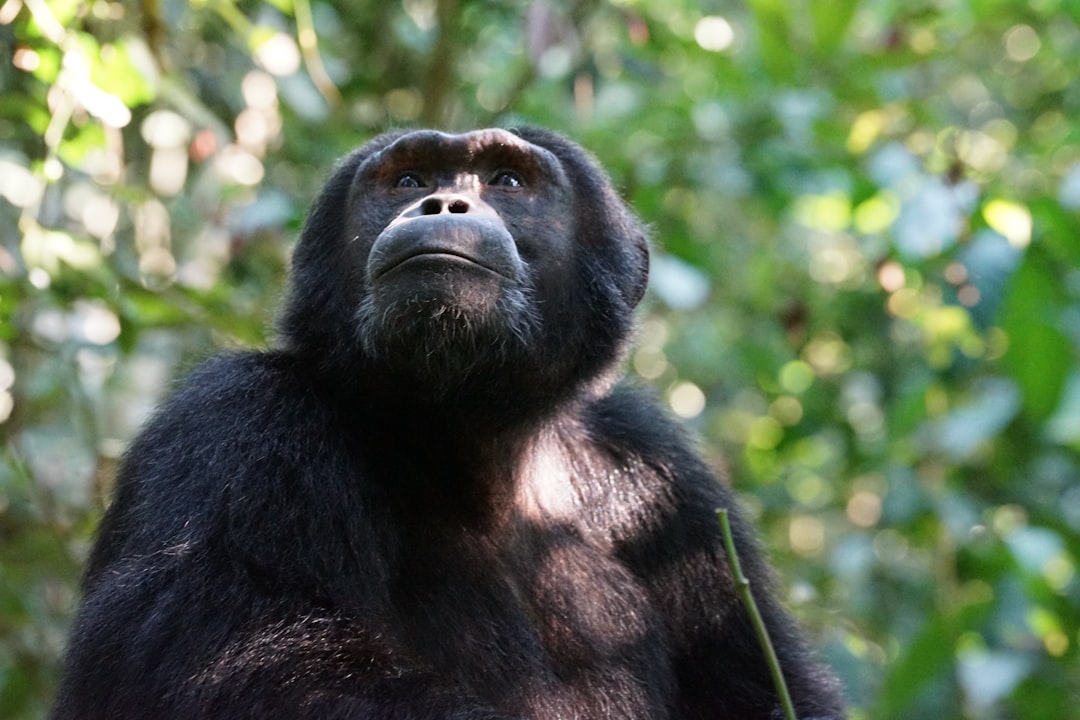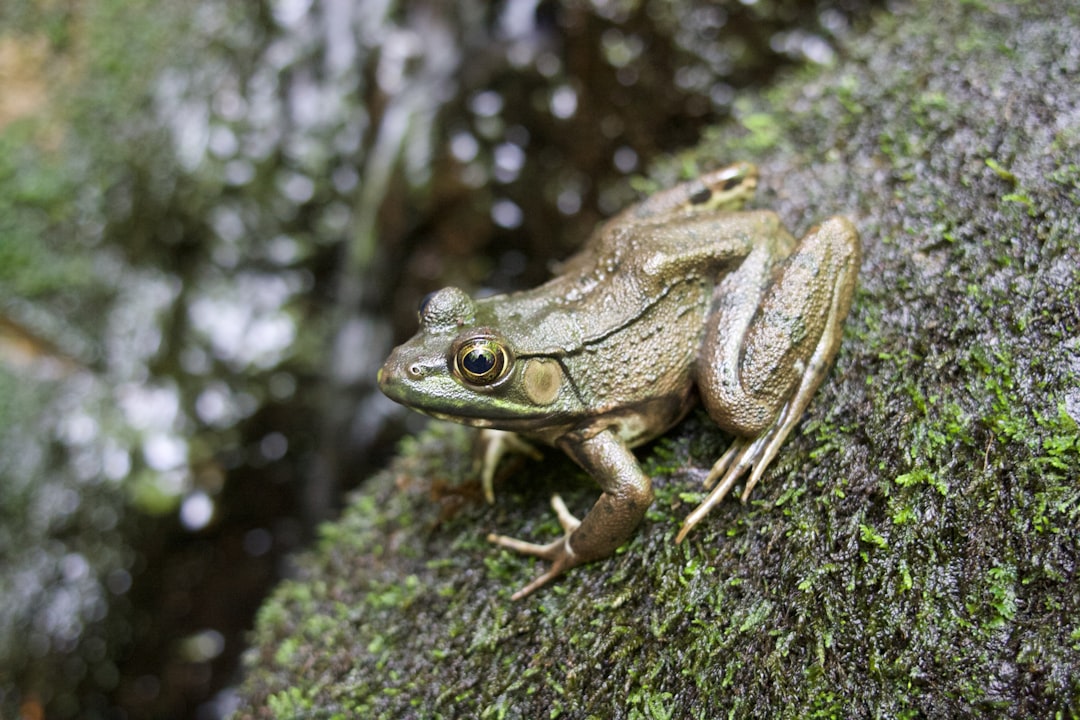What is it about?
A population of the characid Astyanax fasciatus was found living at the outflow of a subterranean source of water. Field observations revealed differences in behavior when compared with river populations. Affinity of this fish for the subterranean cavity was evidenced by behavior and distribution of individuals. Fish almost always carried bait into the subterranean cavity prior to feeding and also went into the cavity at night. Three factors may influence the affinity for the subterranean source of water: 1) protection against aerial predation, 2) the advantage to fishes of hovering in shade, 3) sheltering for reproduction. These observations suggest that cave colonization may take place actively rather than accidentaly, that behavioral changes may preceed morphological ones during initial stages of cave entry, and that behavioral adaptations may occur quite rapidly.
Featured Image

Photo by Intricate Explorer on Unsplash
Why is it important?
It shoes that cave colonization can occur actively and by means of natural selection.
Perspectives
It gives a new dimension to our understanding of cave colonization.
Dr. Aldemaro Romero, Jr.
University of Miami
Read the Original
This page is a summary of: Behavior in an ?intermediate? population of the subterranean-dwelling characid Astyanax fasciatus, Environmental Biology of Fishes, April 1984, Springer Science + Business Media,
DOI: 10.1007/bf00001127.
You can read the full text:
Contributors
The following have contributed to this page










